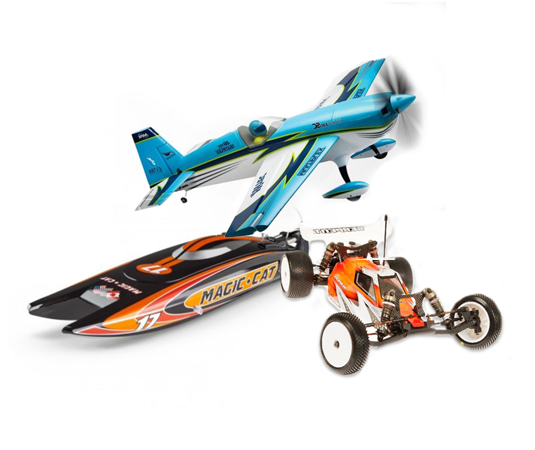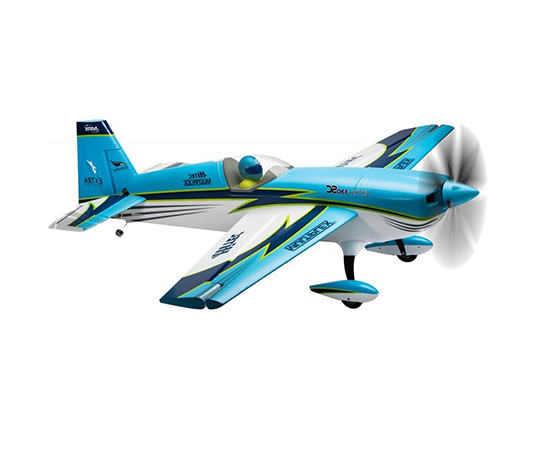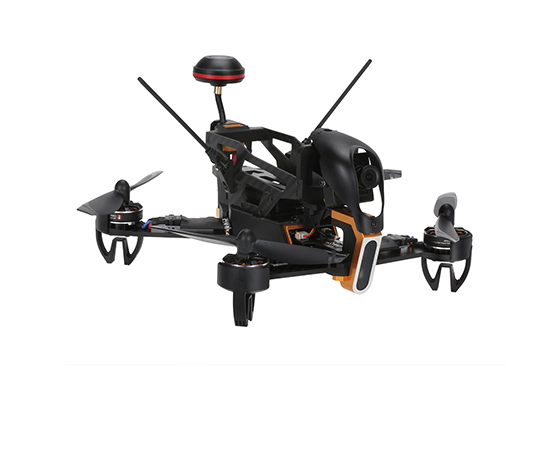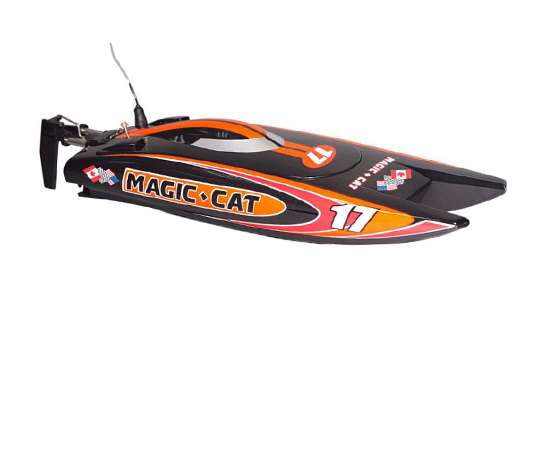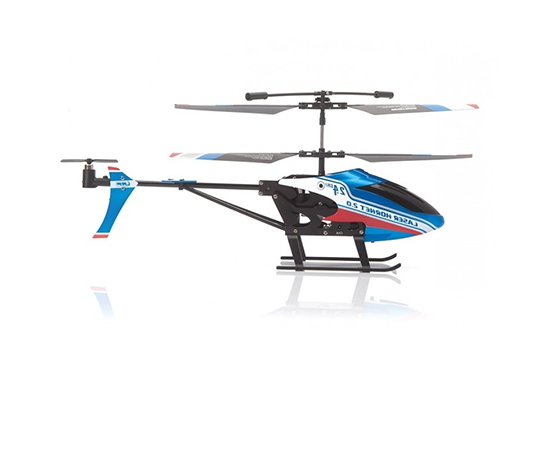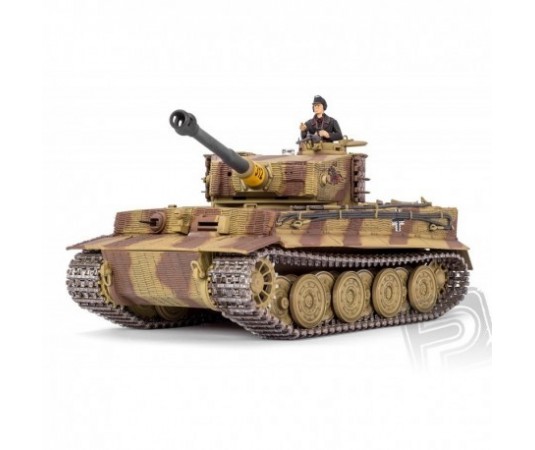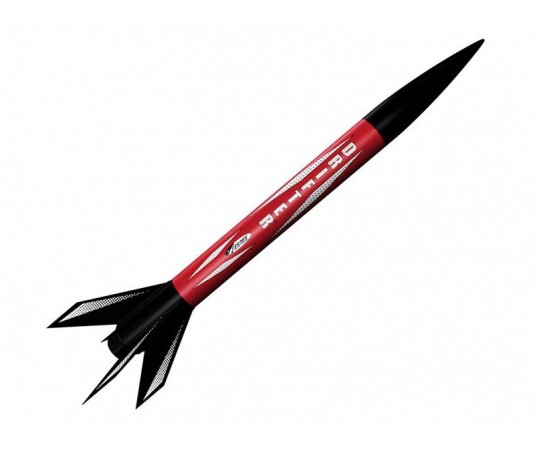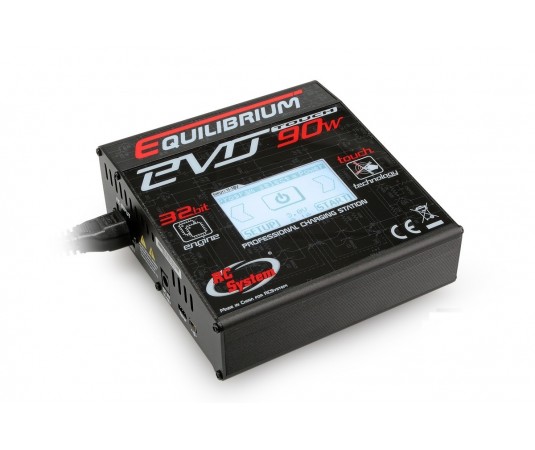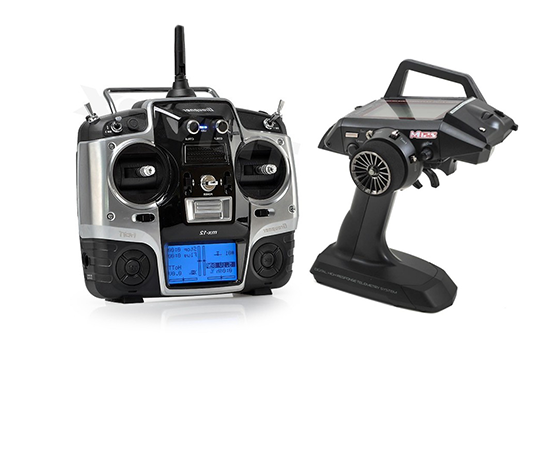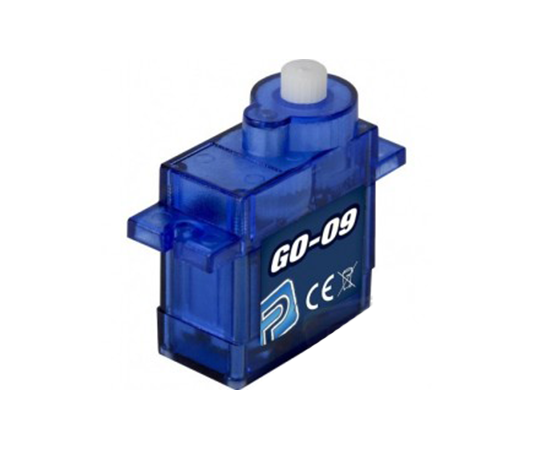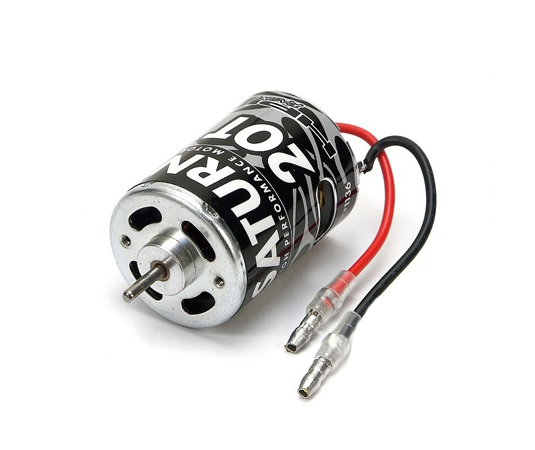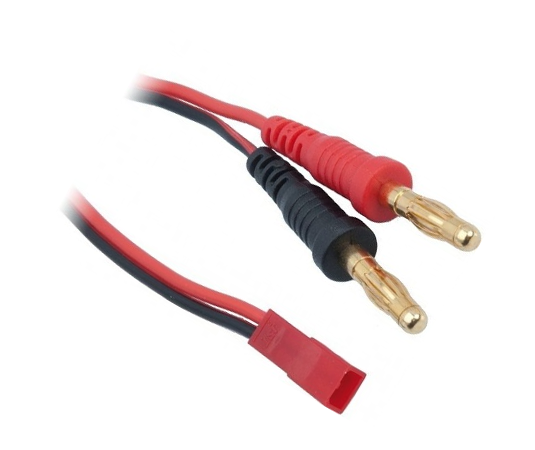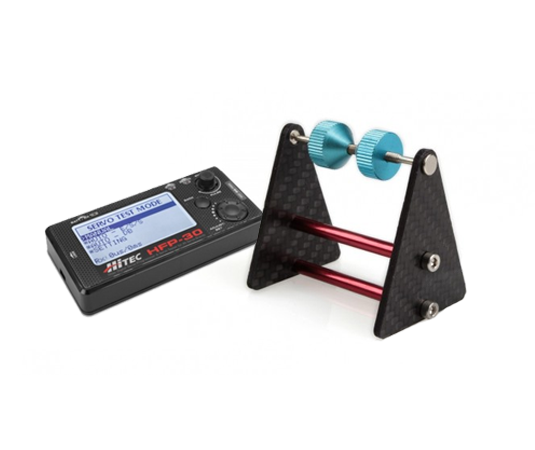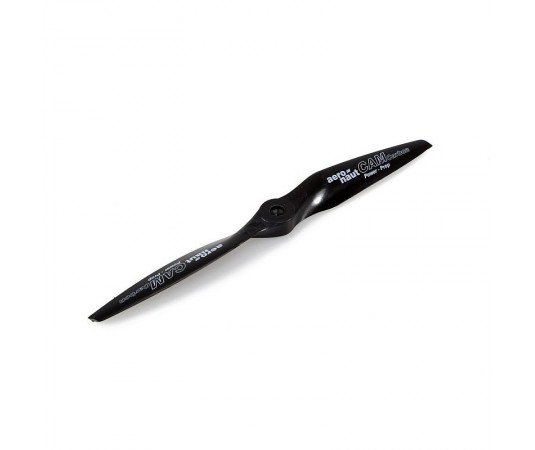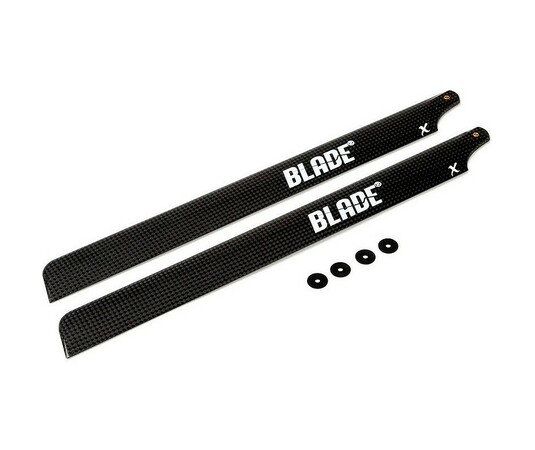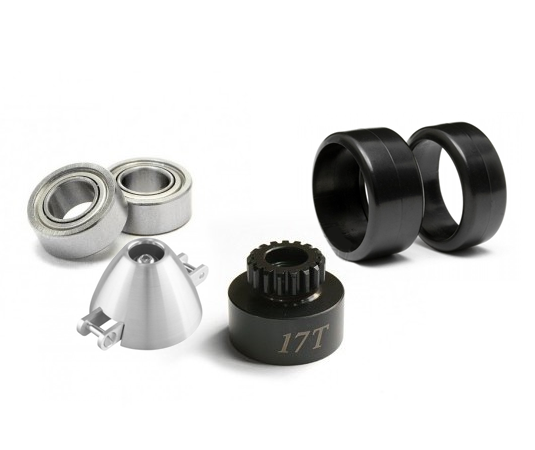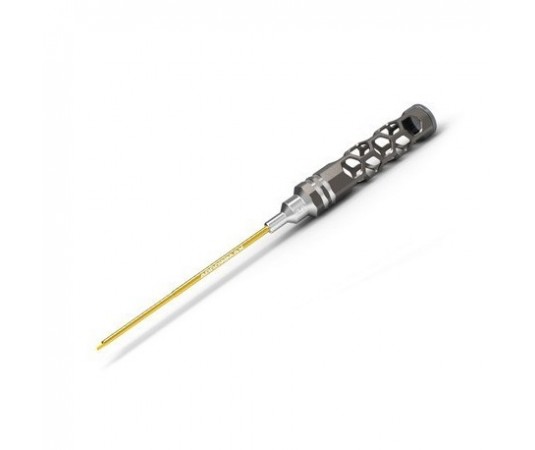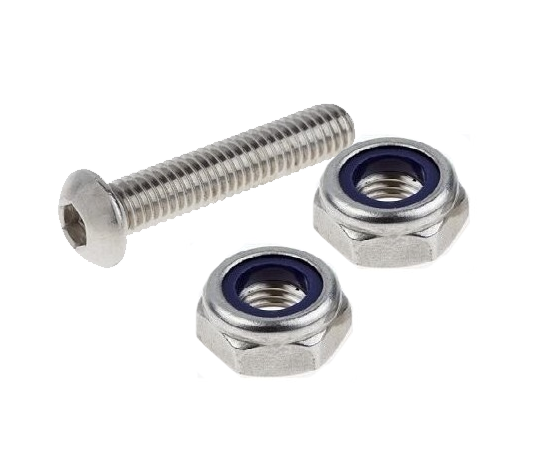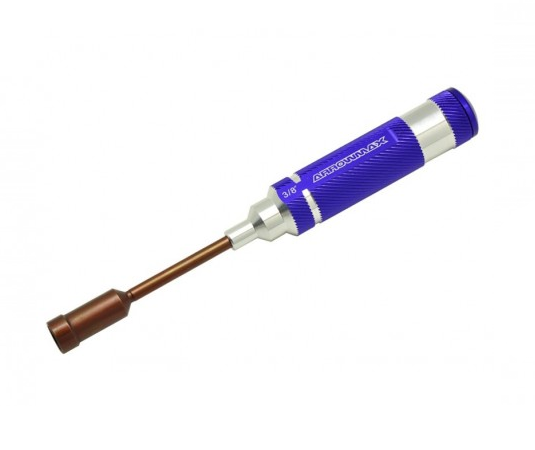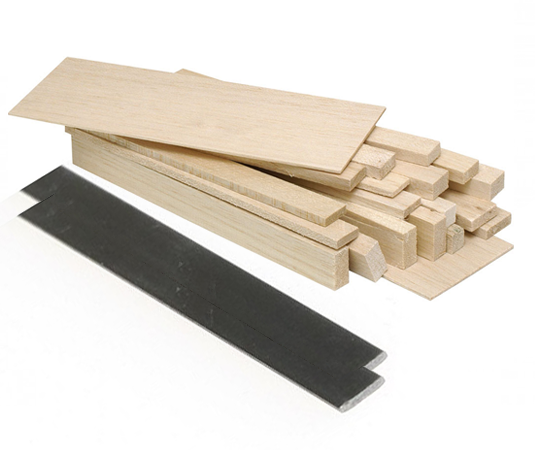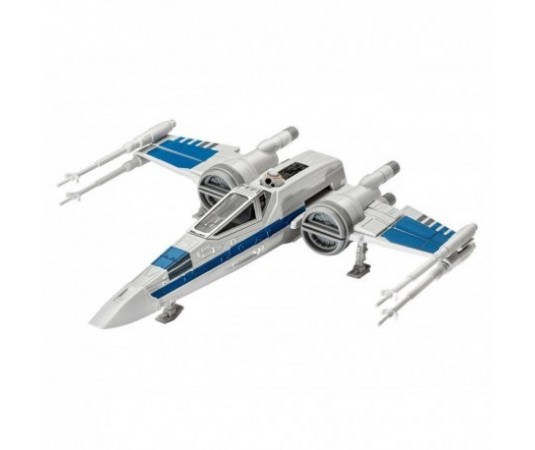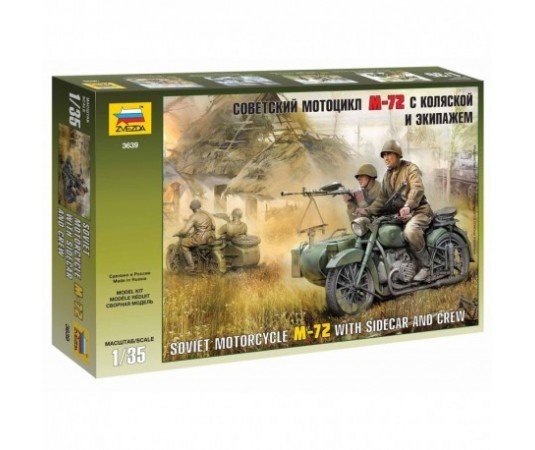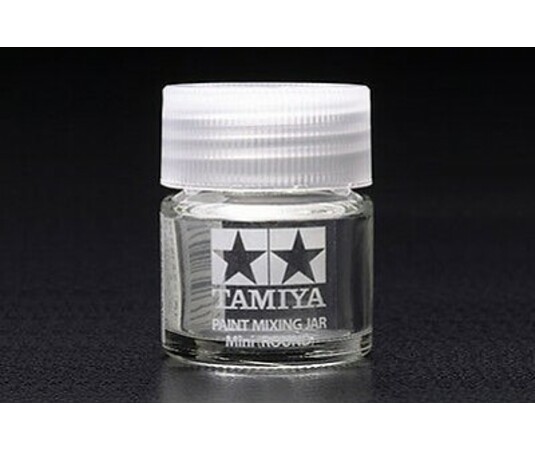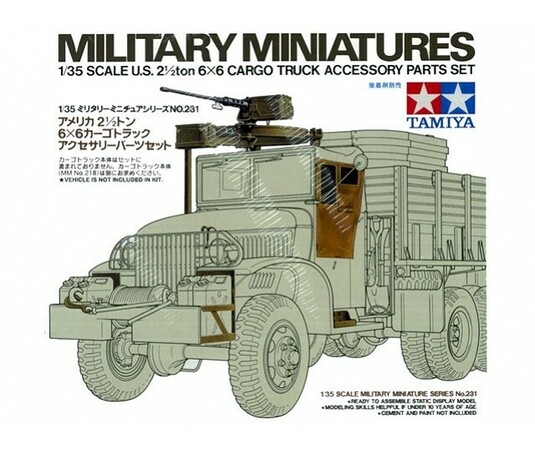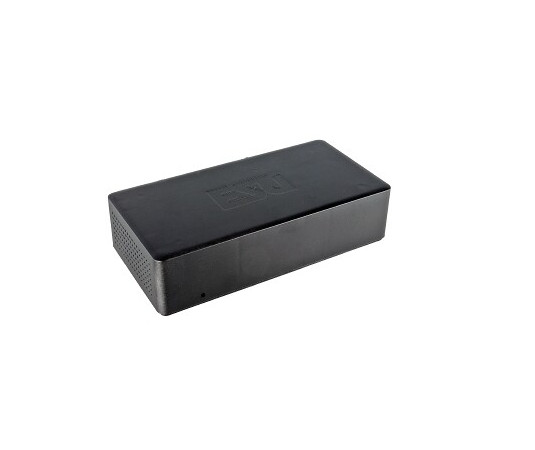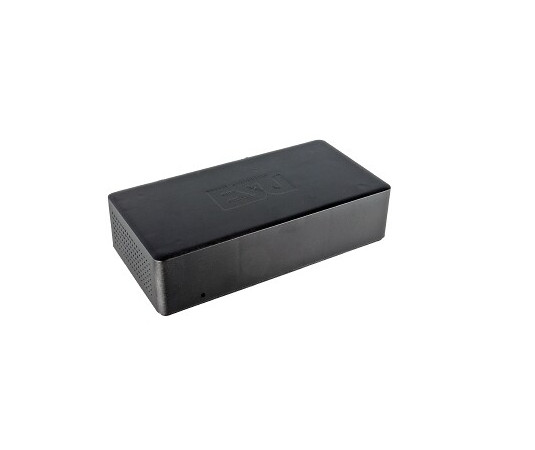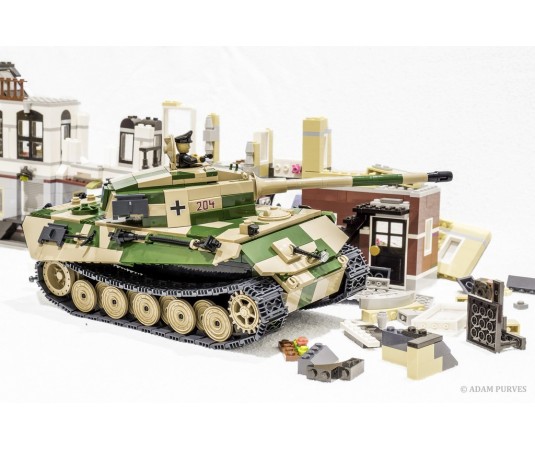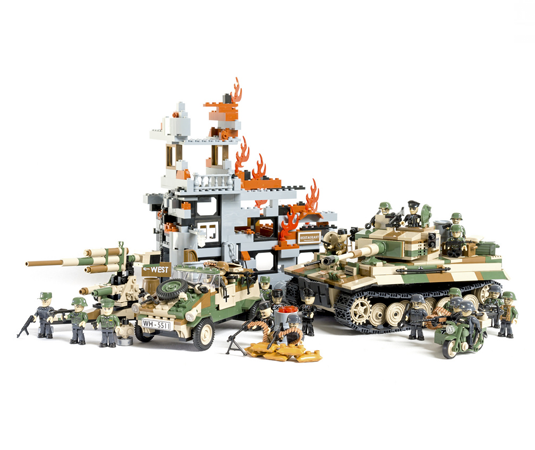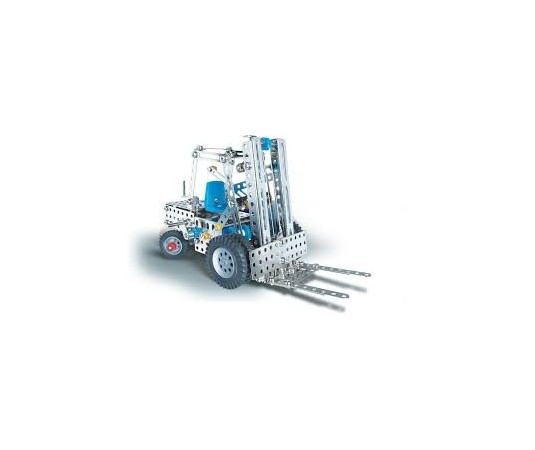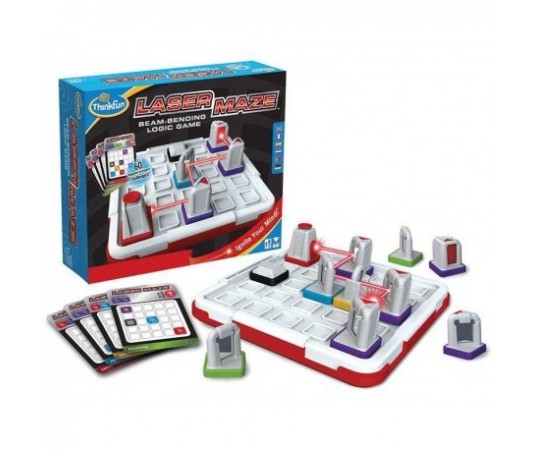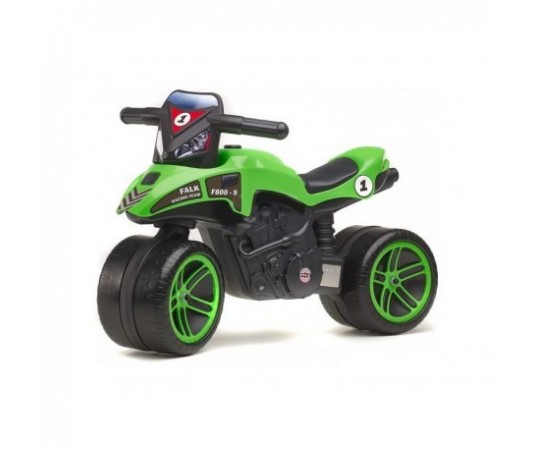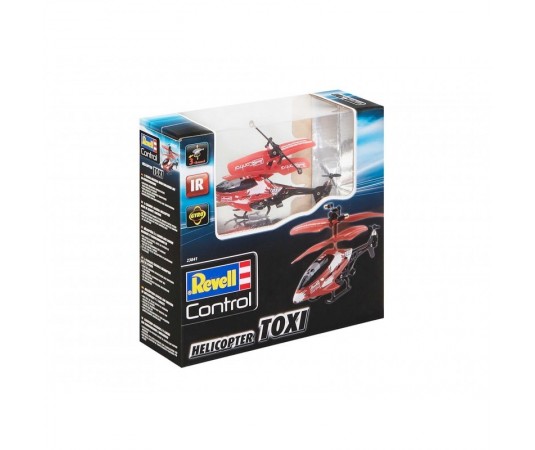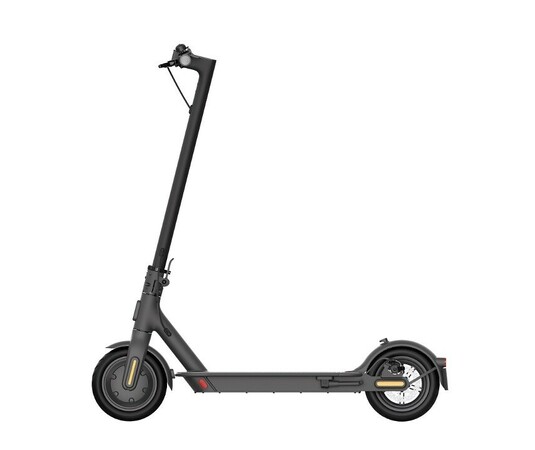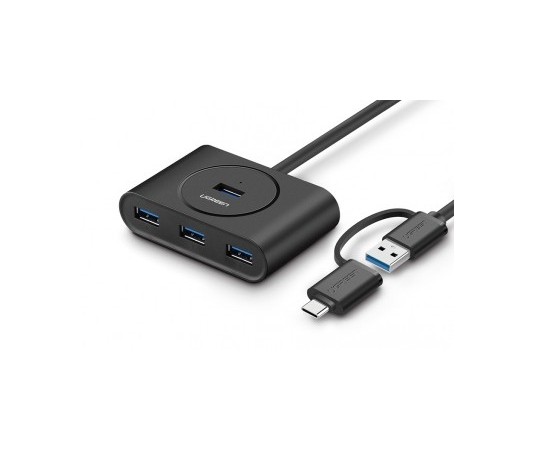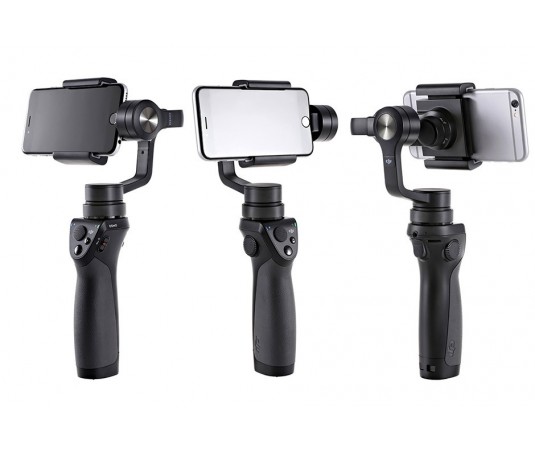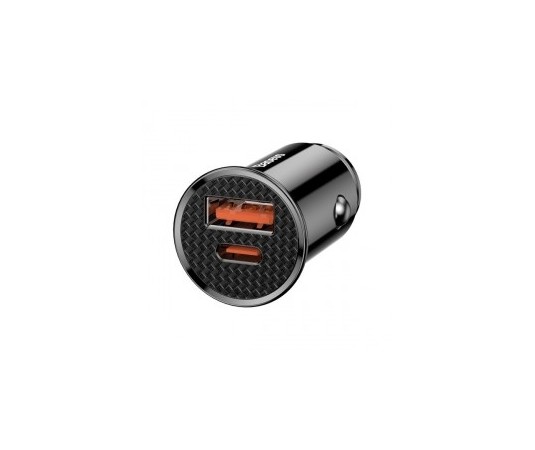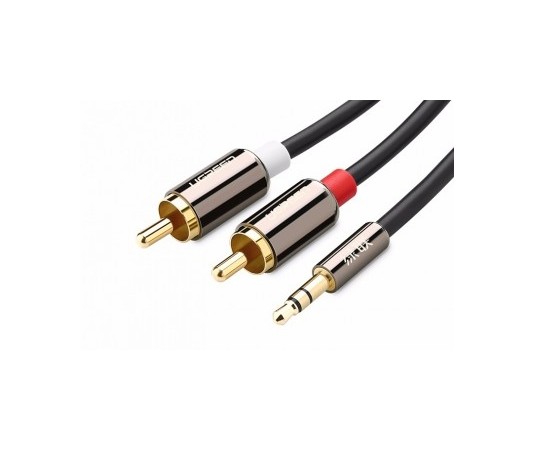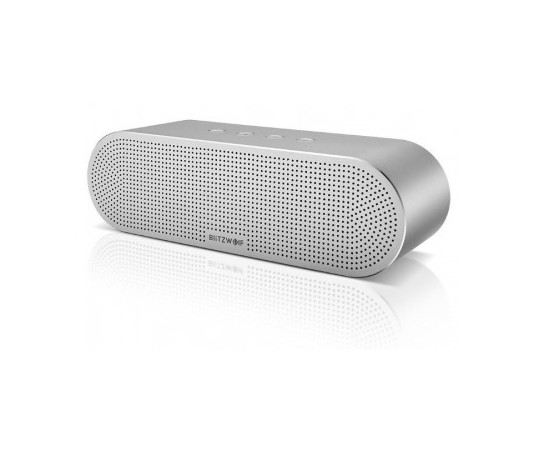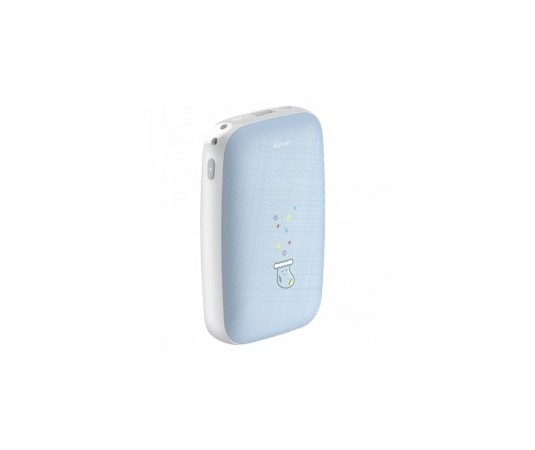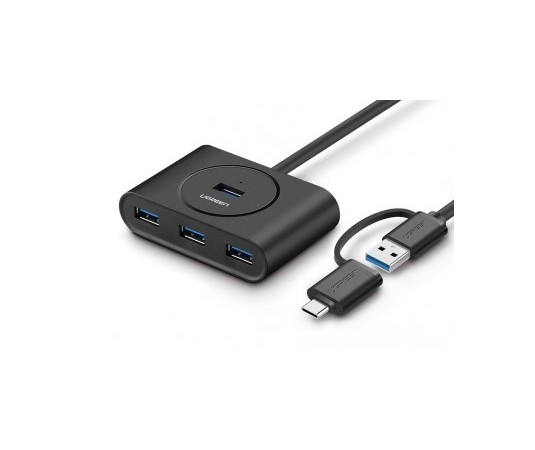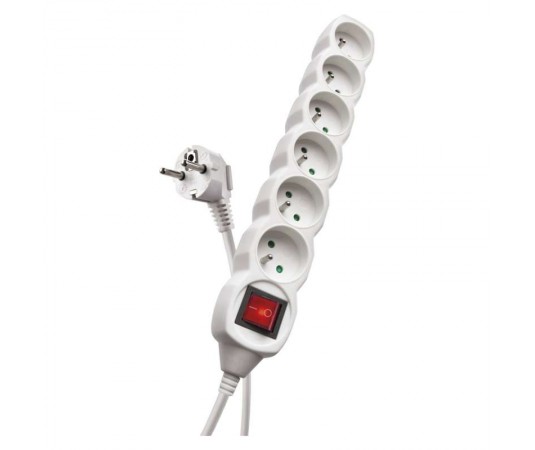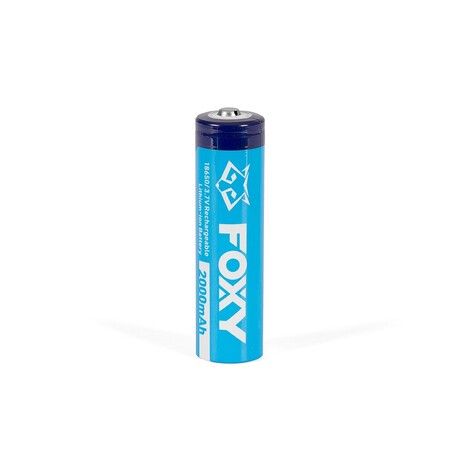FOXY Li-Ion (18650) 2000 mAh / 15C

Express delivery

Large selection of carriers

Satisfaction guarantee
Excellent lithium-ion (Li-ion) batteries size 18650 for general use. It will serve perfectly in modeling applications such as transmitter and receiver batteries, for powering drive systems with lower current consumption and in all devices designed for power supply from Li-ion cells of size 18650.
BASIC FEATURES OF Li-ion FOXY CELLS:
The nominal voltage of the Li-ion cells of FOXY cells is 3.7 V. In operation, the cell voltage must never exceed 4.2 V during charging and must not fall below 3.0 V during discharging. Exceeding these values is likely to cause irreversible damage to the battery. For this reason, special chargers for Li-ion batteries must be used for charging. Failure to follow the correct charging procedure, as well as short-circuiting the cell, leads to overheating of the cell and its damage by generated gases. In the extreme case, a chemical reaction may start with the risk of cell explosion. Although Li-ion batteries are completely safe when handled correctly, do not underestimate this danger.
CHARGING Li-ion BATTERIES FOXY
For charging, always use a special charger designed for Li-ion batteries operating in constant current charging / constant voltage charging mode. It must be equipped with automatics ensuring that the maximum permissible voltage of 4.2 V (+ 1%) per cell is not exceeded. Do not charge FOXY Li-ion batteries with a current greater than 1C *, for normal operation we recommend using currents in the range of 0.5-1C.
In the case of cells connected to a set, we recommend using a balancer each time you charge it.
We also recommend checking the cell voltage before charging. If the cell voltage is lower than 3.3 V, it means that you are overloading and overcharging them during operation.
Unlike NiCd and NiMH cells, Li-ion batteries do not require initial molding, but if you intend to charge the kits with 1C, we recommend that you do not exceed 0.5C for the first three charging cycles. Li-ion batteries also do not need to be discharged before charging - for example, you can charge 50% discharged batteries.
OPERATION OF LI-ION BATTERIES
Use only devices adapted for use with Li-ion batteries. Try to avoid placing a heavy load on the batteries if there is less residual charge in them than about 20-25% of the rated capacity (less than 3.3 V per cell). Li-ion cells of any brand are sensitive to overload in this area, which shortens their service life.
Protect the receiver battery from vibrations and other shocks and impacts that may occur during operation of RC models by wrapping it in foam rubber or similar material. Mount it in an easily accessible place on the model, but it will be protected from the ingress of fuel, flue gases and other operating fluids or water.
STORAGE
The batteries are stored in a partially charged state, the voltage on the cells should be in the range of 3.80-3.85 V. If they are stored out of service for a long time, check the batteries at least every 3 months and recharge to storage voltage.


